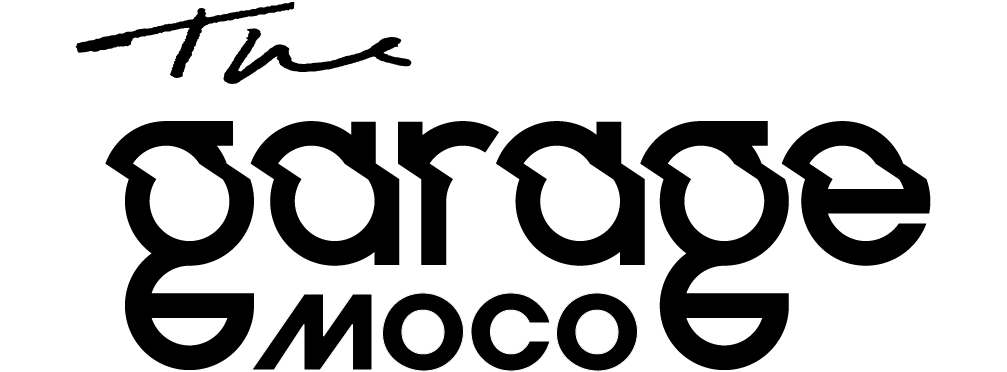The producers of Servant reached out to us to help them put together a shot that would end up being part of the final scene at the end of the series finale.
SPOILER ALERT – if you haven’t seen the show and don’t want to have the ending ruined, stop reading now! Also, the final video sequence at the end of this post is quite graphic, so if you’re sensitive, please be aware.
The scene depicted a woman dancing alone in an attic, which then catches fire, consuming the whole room in flames. For obvious safety reasons, it was preferable to shoot the scene in two parts – the “A side”, on the attic set, with the actor performing under lights that looked like fire burning in the background, and the “B side”, which would be a copy of the attic set built outside, set up to be burned under controlled conditions.
For one part of the scene, the actor would be filmed using a SnorriCam, putting the camera close to her face to create a very intimate and dynamic effect, with the room burning all around her in the background. With the camera moving around so dramatically, the challenge was how to go about creating a realistic-looking background plate using that same camera move.
After chatting with VFX Supervisor Ed Mendez and his team from Powerhouse and our friend (and motion control legend) Julian Hermannsen, we came up with a workflow to make this shot happen.
When the A side was shot, we rigged an iPhone running the MRMC Tracker app to the Red V-Raptor, mounted to the Snorri rig. The Tracker recorded the camera move in 3D, giving us useful data to recreate the move in Flair so it could ultimately be run on a Bolt for the B side.
Julian worked with the VFX team to create the final camera path, which came in at just under one minute, and included a 360º turn in the middle of the move – which meant that for a portion of the move, the robot and camera would see itself. In order to make that work, the move would have to be run in multiple sections, which would include repositioning the robot 180º, so that it could be comped out in post. Shooting multiple sections would also give the creative team more control of how to burn the various parts of the set, and it would be safer than trying to burn the whole set in one go.
It was quite thrilling to feel the heat from the flames as we shot the scene, but the most rewarding part was seeing how well our shots were lining up with the A side, which we had on-hand for direct comparison.
We think the final result came out looking great!
Here are some behind the scenes clips from the shoot:
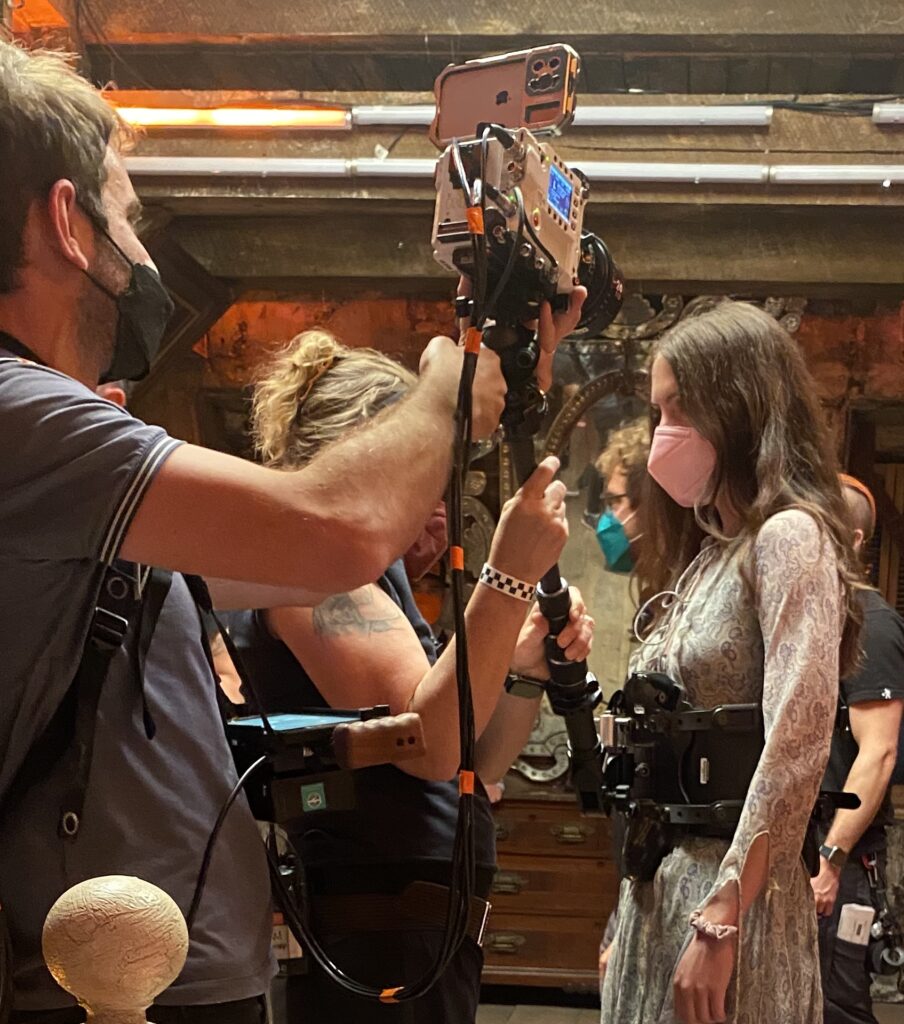
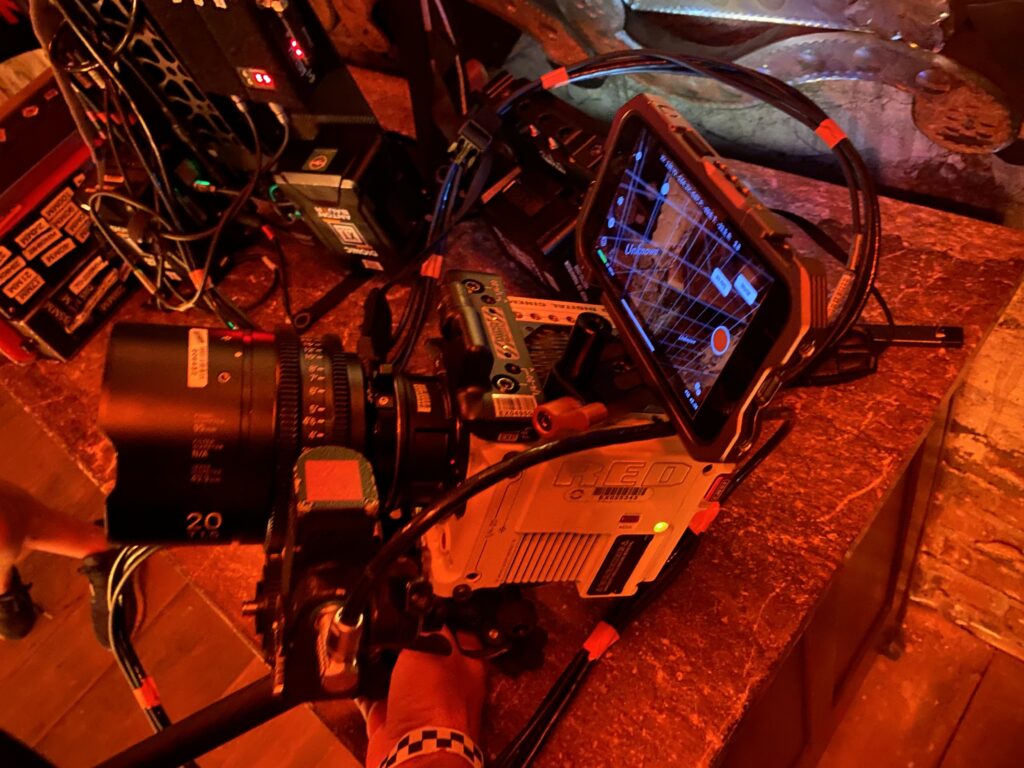
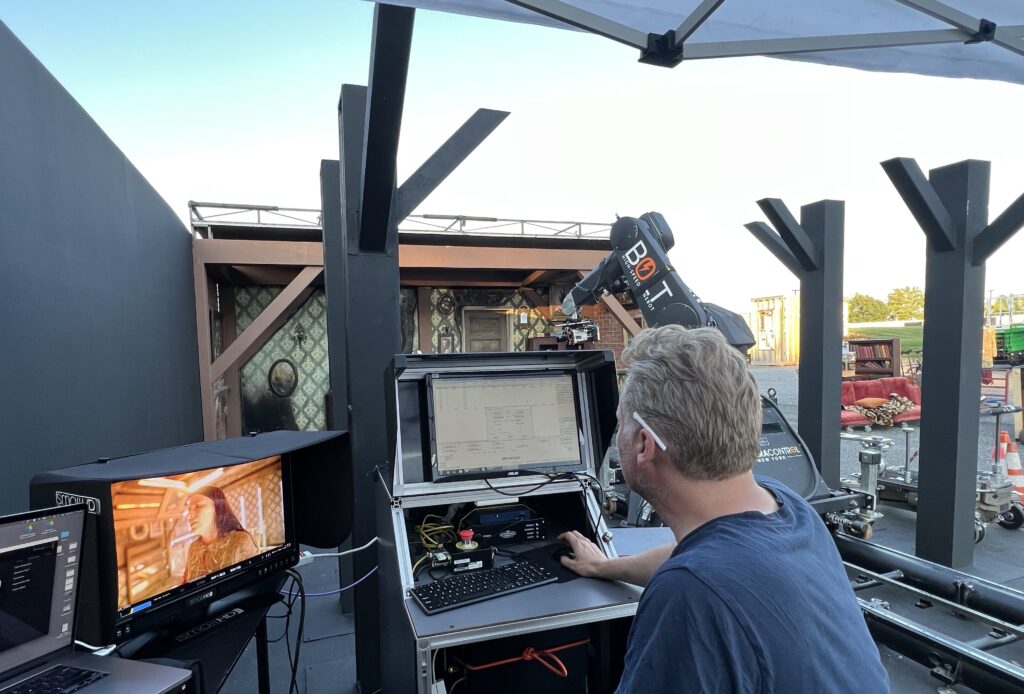
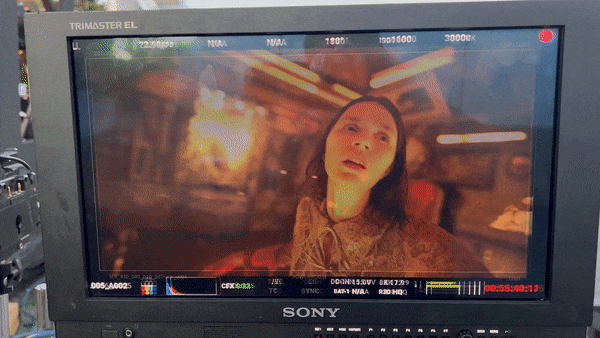
And here are some VFX breakdowns from Powerhouse that showcase how the shots were assembled in post.
